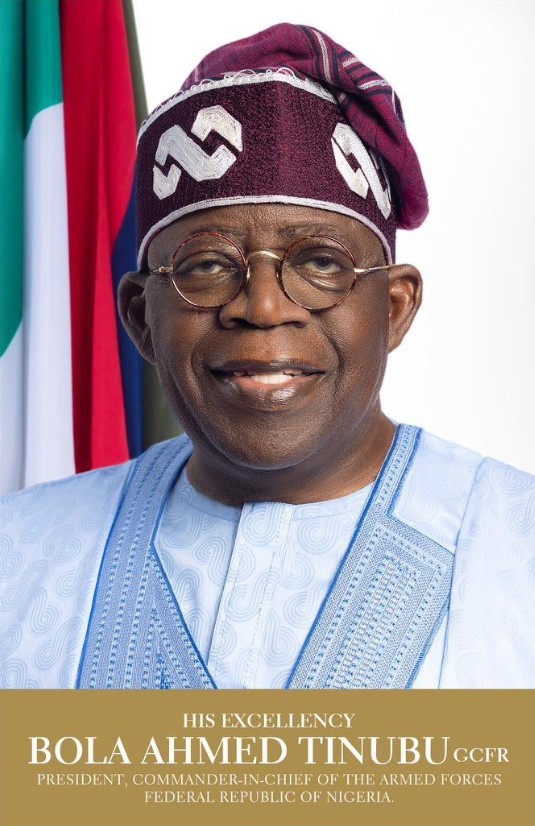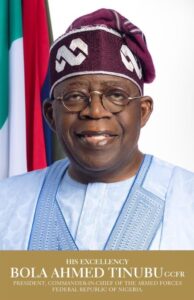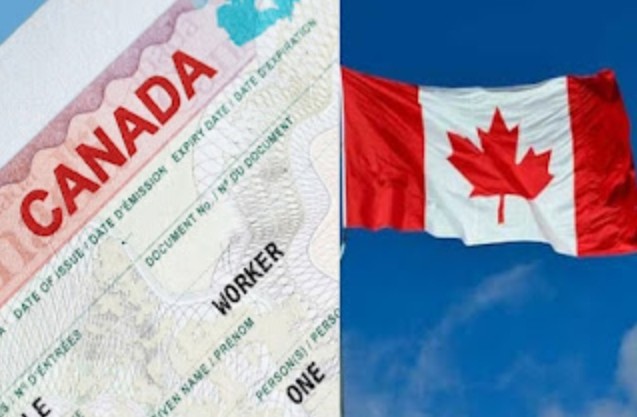Opinions
Tinubu’s Inauguration: A Walk Down Memory Lane, By Michael Abiodun

Written by Michael Abiodun Olanrewaju
Today marks another milestone in the history of the political development of Nigeria. Bola Ahmed Tinubu (GCFR) and Kashim Shettima (GCON) will be inaugurated as the Executive President and Vice President of the Federal Republic of Nigeria
Tinubu becomes the sixth Executive President since 1979 when the Presidential system was adopted in Nigeria. It would be recalled that then Head of State, Gen. Olusegun Obasanjo, ended thirteen years of military rule by handing over to a civilian government. The Federal Electoral Commission (FEDECO) registered five political parties, namely- National Party of Nigeria (NPN) led by Alhaji Shehu Shagari, Unity Party of Nigeria (UPN) led by Chief Obafemi Awolowo, Nigerian People’s Party (NPP) led by Chief Nnamdi Azikiwe, Peoples Redemption Party (PRP) led by Alhaji Aminú Kano and Great Nigeriàn People’s Party (GNPP) led by Alhaji Waziri Ibrahim. All these political leaders are now dead.
On the 1st of October, 1979, Alhaji Usman Aliyu Shehu Shagari and Dr Alexander Ekweme of the NPN were inaugurated as Executive President and Vice President of the Federal Republic of Nigeria. Shagari was from Sokoto, North West Nigeria, while Ekweme was from Anambra, South East Nigeria.
The Second Republic was truncated by the military junta led by Gen. Muhammadu Buhari and Tunde Idiagbon on the 31st of December, 1983. The military junta led by Gen Ibrahim Badamosi Babangida (IBB) also toppled Buhari on the 25th of August, 1985, and IBB declared himself Military President. He experimented with various political systems, culminating in a two-party system and an open ballot system tagged Option A4.
The two political parties the Prof. Humphrey Nwosu-led National Electoral Commission registered are Social Democratic Party (SDP) and National Republican Party (NRC). Chief Moshood Kasimawo Olawale Abiola of the SDP was coasting home to victory over his NRC counterpart, Alhaji Bashir Tofar, in the 12th of June 1993 election when the military junta unilaterally cancelled it. The campaign to revalidate Àbiola as the winner of that election led to the emergence of various agitating groups, with the National Democratic Committee (NADECO) leading other pro-democracy vanguards.
It would also be recalled that the confusion that followed the annulment of the 12th of June 1993 election led to the institution of an Interim Government led by the late Chief Ernest Shonekan, which was overthrown by Late Gen. Sani Abacha’s military junta. On the 8th of June, 1998, Gen Sani Abacha died and was replaced by Gen Abdulsalami Abubakar. However, the death of Chief MKO Abiola in detention later led to a fresh election whereby Abacha’s National Electoral Commission of Nigeria (NECON) was replaced by the Independent Electoral Commission (INEC), which accommodated all pro-democracy groups.
By 1998, three political parties were eventually registered by INEC. They are the People’s Democratic Party (PDP), All People’s Party (APP) and Alliance for Democracy (AD). Gen. Olusegun Obasanjo and Alhaji Atiku Abubakar of the PDP were inaugurated as the Executive President and Vice President of the Federal Republic of Nigeria on the 29th of May, 1999. This marked the beginning of the Fourth Republic in Nigeria. They ruled for eight years, from 1999 to 2007.
On the 29th of May, 2007, the late Shehu Musa Yaradua and Dr Goodluck Ebele Jonathan were inaugurated as the Executive President and Vice President. In 2011, Dr Goodluck Ebele Jonathan and Architect Namandi Sambo of the PDP were inaugurated as Executive President and Vice President, having won the election.
Before becoming President of the Federal Republic of Nigeria, Bola Tinubu had been actively involved in the boardroom corporate politics at Mobil oil headquarters, Victoria Island Lagos, where he was the Treasurer. When most of the followers of the late sage, Chief Obafemi Awolowo, joined SDP under the two-party system introduced in 1990, he was one of those who revolted against authoritarian leadership. He joined the People’s Democratic Movement (PDM) led by the late Gen Musa Yaradua and the local wing tagged Primrose Circle led by Chief Dapo Sarumi. Under the SDP, he contested and won the election as Senator representing Lagos West Senatorial District. When Chief Dapo accepted a Ministerial appointment under the conscripted Interim Government, Tinubu, the late Alhaji Mufutau Hazmat and other like minds formed Justice Forum.
His role in MKO Abiola Hope 93 campaigns is unquantifiable. He did not care for luxury as a Senator by pitching his political tent with NADECO at the risk of his life. He went on exile to the United States of America to avoid being killed by the Abacha junta. He returned to contest another election as the Executive Governor of Lagos State, which he won and was inaugurated on the 29th of May, 1999, under the banner of Alliance for Democracy (AD).
He played a yeoman role in the formation of the All Progressives Congress (APC) while preparing for the 2014 governorship election of Osun State and the 2015 presidential election in what Chief Bisi Akande then metaphorically referred to as handshakes across the Niger. This was because he considered it an alliance forged between the populist party in the Southwest with that of the Northwest.
Therefore, he is a team player who is expected to use his past experiences to unite Nigeria in its diversity to overcome myriads of problems and return to the path of greatness.
-

 Osun News5 days ago
Osun News5 days agoArrested OSTMS Chairman, Alowonle On Life Support, As Govt Seeks Prosecution Head of Anti-Kidnapping Squad
-

 Politics6 days ago
Politics6 days agoTinubu sacks top government official, names replacement (photos)
-

 Osun News5 days ago
Osun News5 days agoPolice Arrest Gov Adeleke’s aide, Alowonle
-

 Foreign5 days ago
Foreign5 days agoCanadian Govt Takes Fresh Action On Study Permits, Permanent Residency For Foreign Students
-

 Politics6 days ago
Politics6 days agoServing Senator Suspended From Party Over Alleged Anti-party
-

 Osun News3 days ago
Osun News3 days ago“Call Olufon of Ifon-Osun to order before he causes another round of bloody clash” – Olobu-in-Council tells Gov Adeleke
-

 Education24 hours ago
Education24 hours agoNigerian Varsity Students Elect First Female SUG President (Photo)
-

 Osun News4 days ago
Osun News4 days agoAlowonle Vs Nigerian Police: My Hands Are Clean ~ Oludo Prince





